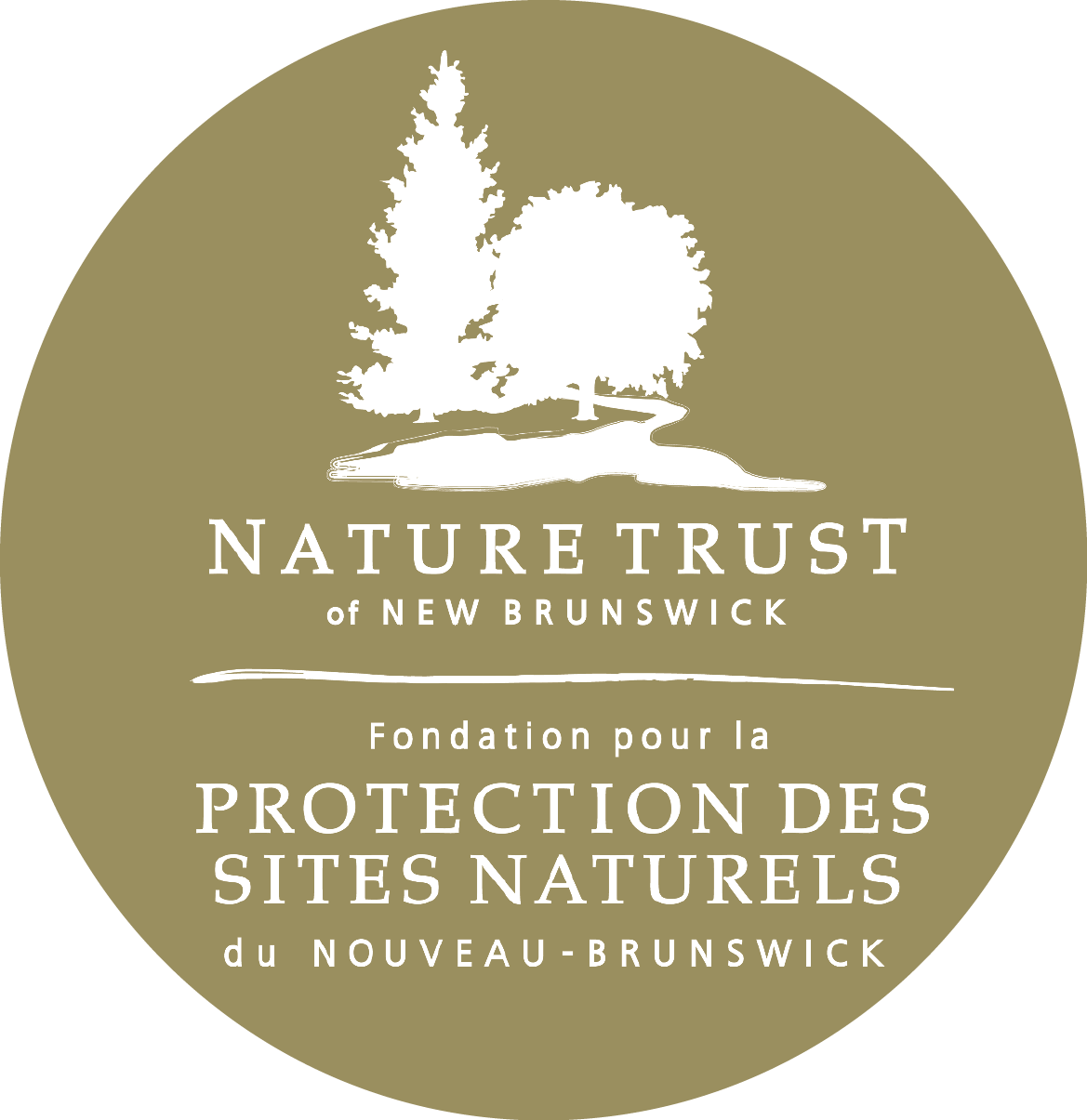Overview
Rayworth Beach, also known as Vance’s Beach, was once grouped with Minister’s Face, as both preserves are found on Long Island, but each has a unique history and ecology. The preserve consists of approximately 44 ha (100 acres) of land on the southern end of the island. Long Island is located in Kennebecasis Bay, Kings County, approximately 12 km north of Saint John, New Brunswick. The Rayworth Beach Nature Preserve consists of 200 m of sandy beach on the southern end of the island and remains one of the best stretches of undeveloped beach in the Kennebecasis Bay.
History
In 1890, the population of Long Island reached its peak, with sixteen families living and a population of 75 people living there. During the mid-1800s to early 1900s, the population started to decline due to many moving to the mainland to take advantage of modern day living conveniences.
Prior to the population decline on the island, the lot now known at the Rayworth Beach Nature Preserve was used by John and Ann Vance for farmland around 1867—the year Canada became a country. John was originally from Hampton and Ann (née Hornbrook) who descended from an Irish immigrant family was an Island resident. Census data indicates that John and Ann became estranged and eventually lived at different parts of the island—Ann at the original Hornbrook homestead in the middle and John at the southern portion of the island on the beach lot. John Vance died in 1898 and the farm was left vacant during which time the fields grew back to alder bushes. In 1919, both lots were sold to local business men from Saint John, which were then purchased by Colin Wells Rayworth in the middle of the depression in 1936.
Colin Wells Rayworth was very quick to use the property, constructing a log cabin on the property a year after it was purchased. Unfortunately, he did not get to enjoy his labour of love for very long, as he tragically died the following year in a multiple drowning accident at Lake Uptopia, Charlotte Country. The log cabin was used briefly by Colin’s brother John for logging operations in the winter, but it eventually was unused and fell into a state of disrepair. Around this same time period, the beach took on the name ‘Rayworth Beach’.
In 1994, the two lots originally owned by Ann Vance were divided between Colin Wells Rayworth’s two children—the beach lot went to Ann (née Rayworth) Hebb and the lot in the middle of Long Island to her brother Colin B. Rayworth. In 2005, the land, which is now known as Rayworth Beach Nature Preserve, came to the Nature Trust by way of a combination of purchase and donation through Environment Canada’s Ecological Gift Program.
Ecology
One of the most outstanding features of the Rayworth Beach Nature Preserve is the large, sand beach on the south-west side of the island. Aside from the beach, most of the shoreline of the preserve is steep, dropping vertically into the water. One of the few streams on the island also passes through this preserve, emptying out on the east side of the island, opposite of Renforth Wharf in Rothesay.
Many tree species native to New Brunswick can be found growing on this island, as well as a number of rare and uncommon plants. The forest on this nature preserve was subject to smaller timber harvesting operations over the years, with the last major operation being a clear-cut that took place in 1939. The area regenerated to a mixture of white birch (betula papyifera) and red maple (acer rubrum), with a smaller amount of coniferous species, white spruce (picea glauca) and eastern white cedar (thuja occidentalis). Of particular interest is a stand of healthy American beech trees (fagus grandifolia) on the southern end of the property. A heavy cover of fern occurs throughout the area. Turning to the farming areas, as the land became vacant, those used for the production of crops reverted to a heavy growth of alders and areas used for pastures grew back to varying degrees of hardwood cover.
Access and Activities
The island is accessible only by boat or kayak. The preserve is used by people who are interested in paddling, hiking, or relaxing on the stretch of beach. The main road on the island that once traversed the island from north to south also ends at the preserve.
Small craft owners are advised to pay attention to weather conditions before crossing especially wind speed.
*The property is undeveloped and there are a variety of hazards and risks associated with accessing this preserve. While this nature preserve is open for public access, visitors must assume responsibility for their own actions and safety and are to use the land at their own risk.


